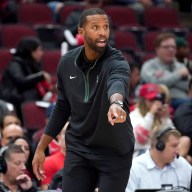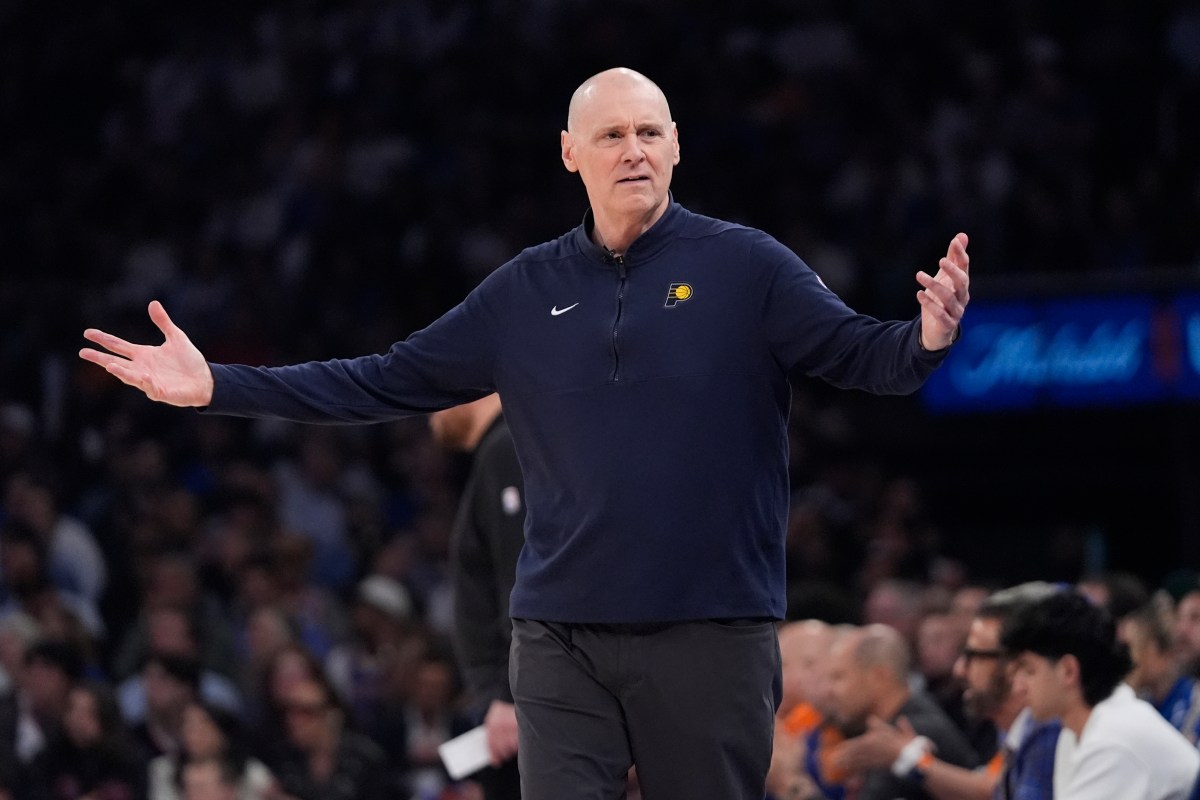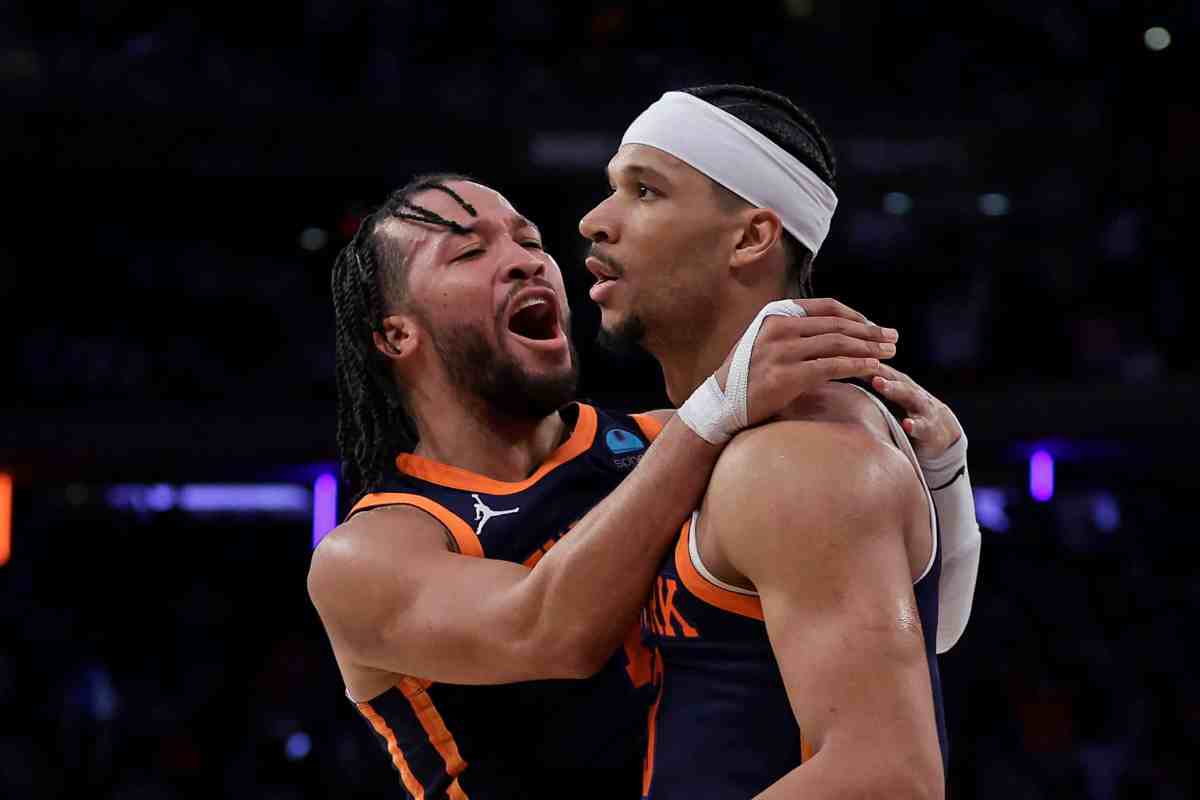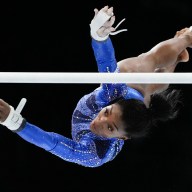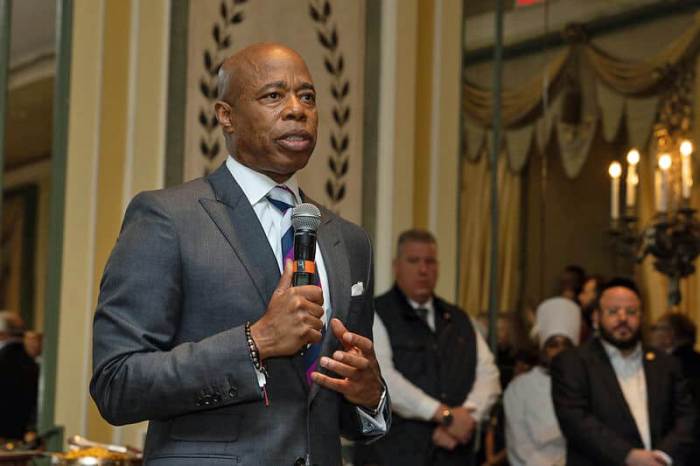Staggering statistics about the health of our nation’s children have stars uniting for a change.
“One in three kids are overweight or obese today,” says Larry Soler, president and CEO of the Partnership for Healthy America. “We know that every kid should be getting 60 minutes of physical activity per day, but in reality, 42 percent of elementary students and 29 percent of high school students are getting that. We’re not doing a good enough job. We can do better and we must do better.”
Adding to the problem? “Youth sports are being professionalized,” says Kurt Kamperman, the U.S. Tennis Association’s chief executive of community tennis. “We’re asking 9-year-old boys and girls to choose an activity or to specialize in a sport before they hit adolescence. That is causing a dropout rate and a burnout rate like never before.”
To kick off National Childhood Obesity Awareness Month, a panel of health professionals and fit stars spoke at the U.S. Open on Sept. 1 to remind attendees about the importance of physical activity — fun physical activity, that is — for kids. We asked some of the panelists for their tips on incorporating activity into a child’s schedule.
1. Tim Morehouse, Olympic fencer
2. Dara Torres, Olympic swimmer
“My daughter likes TV, there’s no doubt about that, but I always make sure that after school I have her do something. She doesn’t listen to me as much, so it’s easier to put her in a program where someone else is in charge. … Everyone who has taught her has made the sport fun, and I think that’s key.”
3. Bob Harper, author and trainer on “The Biggest Loser”
“You gotta go in and turn the computer off. You gotta take the video game away — it just cannot be a free-for-all for a kid. And I understand parents: We’re all busy. … But our kids need our help more than ever now.”
4. Christine Taylor, actress
“Make it fun. … [Make] obstacle courses with objects in your house. … I pull chairs out and turn chairs over and have them climb over and really make it creative from room to room.”
Did you know?
This year, the USTA changed the rules of tennis for kids in an effort to get them interested and engaged in the sport. Here are the (literal) game-changers:
Children 5-8
Play tournaments on a 36-foot court (a regular court is 78 feet) with a lower net
Play with a red ball that’s 75 percent slower in the air and has a lower bounce
Play with a smaller racquet
9- and 10-year-olds
Play tournaments on a 60-foot court with a regulation net
Play with an orange ball that’s 50 percent slower in the air and has a lower bounce
Play with a smaller racquet
Advanced 9- and 10-year-olds
Play tournaments on a full-size court with a regulation net
Play with a green ball that’s 25 percent slower in the air and has a lower bounce
Play with a smaller racquet
The USTA is hosting free play days across the country through Oct. 6, where kids and their families can visit a local school or park to test out and play with the new equipment. Visit www.youthtennis.com and type in your ZIP code to learn about free play days near you.

